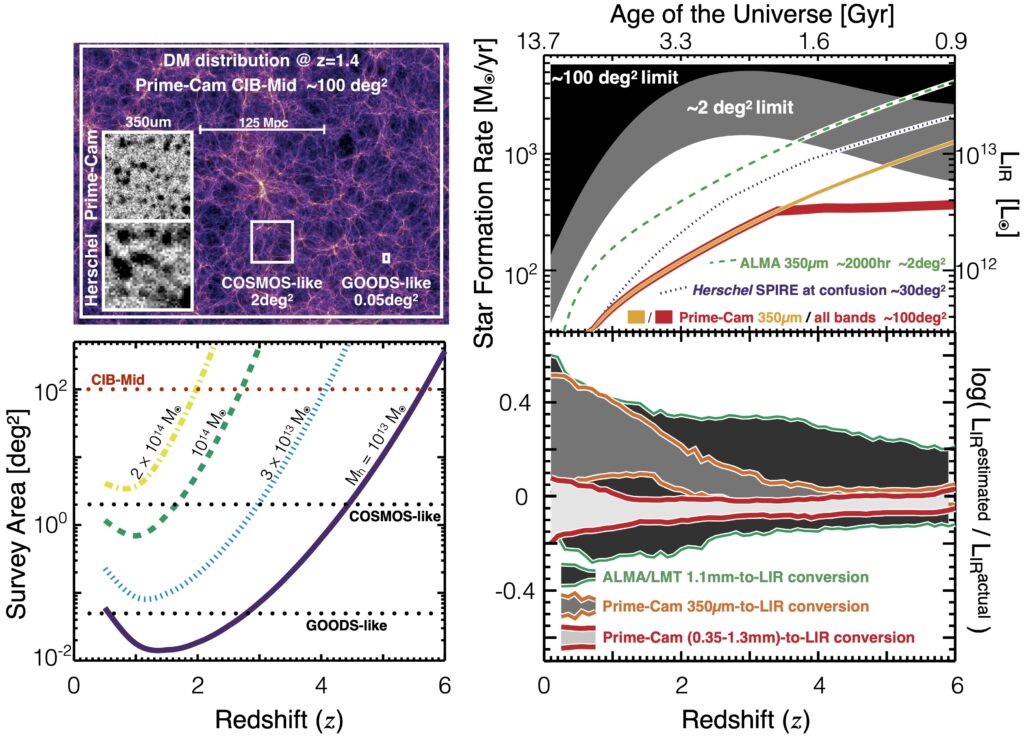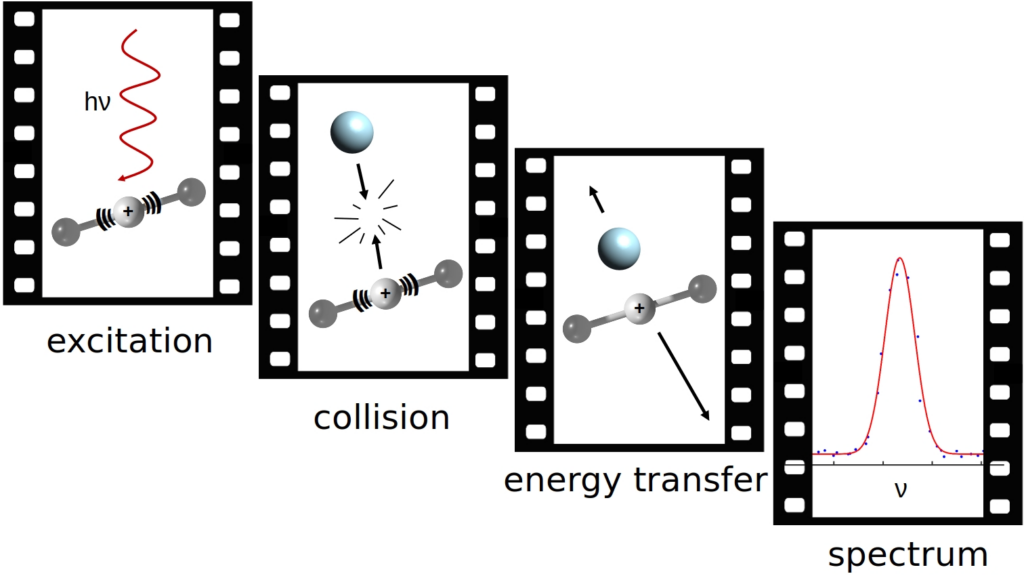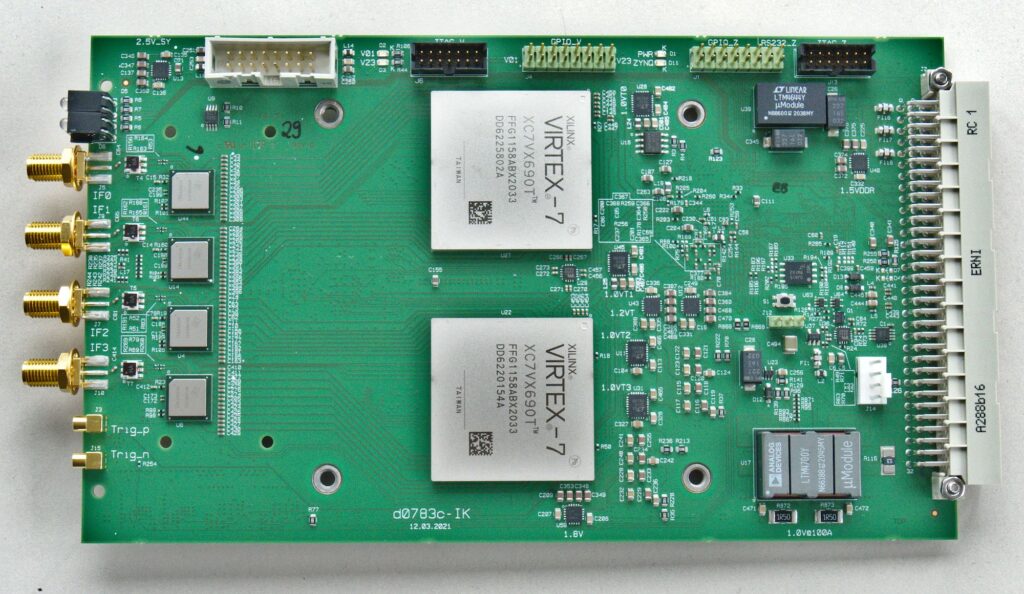| Day 1 | 25.03.2025 | Lecture Hall | seminar room 1 | seminar room 2 | seminar room3 |
| 08.00 | Departure Cologne | ||||
| 08.45 | Departure Bonn | ||||
| 9.45-10.30 | Registration / welcome coffee | ||||
| Chair: Lucas Labadie | |||||
| 10.30 – 10.45 | Stefanie Walch-Gassner | Welcome | |||
| 10:45 – 11:00 | Stefanie Walch-Gassner | CRC 1601 – the big questions | |||
| 11:00 – 11:25 | Progress on project area A | ||||
| 11:25 – 11:50 | Progress on project area B | ||||
| 11:50 – 12:15 | Progress on project area C | ||||
| 12:15 – 12:25 | Volker Ossenkopf-Okada | Sustainability Board | |||
| 12.30 – 13.30 | Lunchbuffet | ||||
| Chair: | |||||
| 13:30 – 13:45 | Working group ogrzanizers: Chinmaya Nagar, Divita Gupta, Ina Galić, Masato Kobayashi, Simon Dannhauer, Vittoria Brugaletta, Wonju Kim, and Zein Bazzi | Achievement and progress report from SFB working groups. | |||
| 13:45 – 14:00 | Planning of discussion rounds | ||||
| 14.00 – 15.00 | Student Meeting (incl. Student Council) | PI meeting | Discussion groups | Discussion groups | |
| 15:00 – 16:00 | Discussion groups | PI meeting | Discussion groups | Discussion groups | |
| 16:00 – 16:30:00 | Coffee break | ||||
| Chair: | |||||
| 16.00 – 16.25 | Petra Fackendahl, Isabelle Breloy | Report from TP Z & Financial | |||
| 16:30 – 17:50 | all | Discussion groups | Discussion groups | Discussion groups | Discussion groups |
| 18.00 | Dinner | ||||
| Day 2 | 26.03.2025 | Lecture Hall | seminar room 1 | seminar room 2 | seminar room3 |
| 08.00 – 09.00 | Breakfast | ||||
| Chair: | |||||
| 9:00 – 9:30 | TBD | Wrap up of day 1, results of discussion groups | |||
| 9:30 – 10:00 | Discussion groups | Sustainability Board Meeting | Diversity Board Meeting |
Executive Board Meeting
|
|
| 10:00 – 10:30 | Discussion groups | Discussion groups | Discussion groups | ||
| 10:30 – 11:00 | Coffee Break | ||||
| 11.00-15.00 | Hiking | ||||
| Chair: Dominik Riechers | |||||
| 15:00 – 16:00 | all | Poster presentations (2min) | |||
| 16:00 – 17:00 | Coffee Break & Poster reception | ||||
| 17:00 – 18:30 | all | Discussion groups | Discussion groups | Discussion groups | Discussion groups |
| 19:00 – 24:00 | Dinnerparty | ||||
| Day 3 | 27.03.2025 | Lecture Hall | |||
| 08.00 – 09.00 | Breakfast | ||||
| Chair: | |||||
| 9:00 – 10:30 | TBD | Wrap up of day 2, results of discussion groups | |||
| 10.30 – 11.00 | Coffee Break | ||||
| Chair: | |||||
| 11.00 – 11.15 | Report by the Sustainability Board | ||||
| 11.15 – 11.30 | Report by the Student Council | ||||
| 11.30 – 11.45 | Report by the Diversity Board | ||||
| 12:10 – 12:25 | Summary | ||||
| 12.30 – 13.30 | Lunchbuffet | ||||
| 13.30 – 15.30 | Members Assembly (obligatory) | ||||
| 16:00 | Departure | ||||
The observational projects C1 to C3 and related theory projects C5 and C6 cover observations of the habitats of massive stars from tens of parsec to Mpc scales in “typical”, starburst, and AGN host galaxies over 13 billion years of the history of the universe, critically complementing the other project areas in scales, diversity of environments, and cosmic time. A combination of the most sensitive facilities like ALMA and JWST with new wide-field observatories like FYST/CCAT-prime make it possible to reach both the level of detail and statistical robustness to push these studies to the next level. To prepare for the future, critical detector and readout technology development is delivered by projects C7 and C8, as necessary to build a new generation of instruments that speed up the FYST/CCAT-prime surveys in C2 and C3 by an order of magnitude in the later funding phases. In tandem with these developments, the laboratory spectroscopy and modelling of molecular ions done in C4 are critical to fully exploit a suite of new key tracers of massive star-forming environments in the Early Universe, as targeted in C1.
Image credits: C3/C6 from Karoumpis et al. 2022; C4 from Töpfer et al. 2020; C7 provided by N. Honingh; C8 from Klein et al. 2012; Galaxy composite for C1, C2 and C5 is a composite image of NGC 628 with ALMA (orange) and Hubble (blue) data provided by NRAO/AUI/NSF, B. Saxton: ALMA (ESO/NAOJ/NRAO), NASA/Hubble; for the connection to project areas A and B we show Orion.
B studies the habitats of massive stars on galactic scales. We show a portion of the Galactic disc plane as observed with Spitzer in purple and with ATLASGAL in orange and the corresponding molecular clouds identified in SEDIGISM (credit: Wyrowski; Duarte-Cabral et al. 2021) showcasing the Milky Way part of projects B1 & B2. In B1, parsec-scale observations of Milky Way massive clumps are combined with synthetic observations based on high-resolution simulations7. In B2, high-feedback regions are studied (credit: Simon). B3 will study massive star habitats in nearby galaxies (credit: Bigiel/PHANGS). B2 and B3 make use of the new CHAI instrument to be installed at FYST/CCAT-prime. The low-frequency channel of CHAI is used to study the whole Galactic disc, the Magellanic Clouds, and nearby galaxies in CO (J = 4 – 3) and [CI]. The high-frequency channel of CHAI is developed in the first CRC funding period in B7 (credit: Graf/Honingh). B4 studies the impact of magnetic fields in different environments using different techniques (e.g. dust polarisation; the synthetic map shown is taken from Seifried et al. 2019). B5 studies the late stages of massive star habitats (supernova remnants) using a new combination observations towards pulsar sight- lines (credit: Yao et al. 2021) with state-of-the-art simulations of the multi-phase interstellar medium that include supernovae (see also B6; credit: Walch; Rathjen et al. 2021). In B8, the (far-)infrared spectra of molecular anions (e.g. PAHs) are recorded in the laboratory in order to better constrain the observed emission of massive star habitats (credit: Schlemmer)
Image credits: B1 background: ESO/APEX/ATLASGAL consortium/NASA/GLIMPSE consortium/ESA/Planck.
Habitats of massive stars at high resolution. We combine different methodological pillars. Three observational projects study different phases of massive star formation at high resolution. We include hot molecular cores (A1), massive star formation in different galactic habitats (A2), and the infrared view on massive stars in different environments (A3). These observational efforts are combined with laboratory astrophysics (A4) measuring the spectra of complex molecules and high-resolution 3D simulations of massive star formation and star cluster evolution (A5), as well as detailed modelling of PDRs and dust (A6) needed to interpret the observations.
Image credits: background: Gaia’s view of the Milky Way (credit: ESO/Gaia/DPAC). Foreground: (A1, A2 and A4) ALMA emission spectrum of a hot core and a synthetic, laboratory-based spectrum mirrored in absorption (credit: Endres et al. 2021); (A1) image of the Large Magellanic Cloud (LMC), with the zoom-in showing the ALMA 1.3 mm continuum emission of a cluster-forming region in the LMC (credit: Hamedani Golshan); (A2) ALMA observations of a super-stellar cluster progenitor in Sgr B2 with converging dense filaments and an expanding molecular outflow (credit: Schwörer, Sánchez-Monge); (A3) collage of massive star binaries in Orion (credit: GRAVITY collaboration, M. Karl); (A5) massive star formation simulation with the MHD code FLASH (credit: Klepitko, Walch); (A6) Orion Bar in HCO+ with PDR model description (credit: Röllig, Ossenkopf-Okada).
1_SFB2023_overview_title_asm: SgrB2: Schwörer, Sánchez-Monge (A); Orion KL: Bally et al. 2017 (A); M16: NASA, Jeff Hester, and Paul Scowen (Arizona State University) (A-B); Crab nebula: NASA, ESA, J. Hester and A. Loll (Arizona State University) (B); Antennae: ALMA (ESO/NAOJ/NRAO). Visible light image: the NASA/ESA Hubble Space Telescope (A); M82: NASA/JPL-Caltech/STScI/CXC/UofA/ESA/AURA/JHU (B-C); Universe: J.Neidel/J.Onorbe/MPIA (C).







